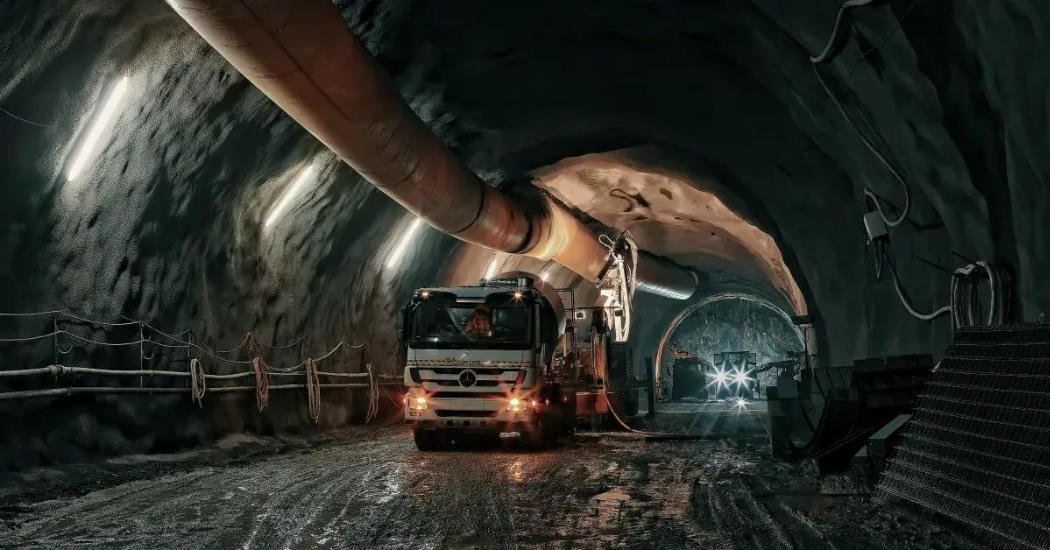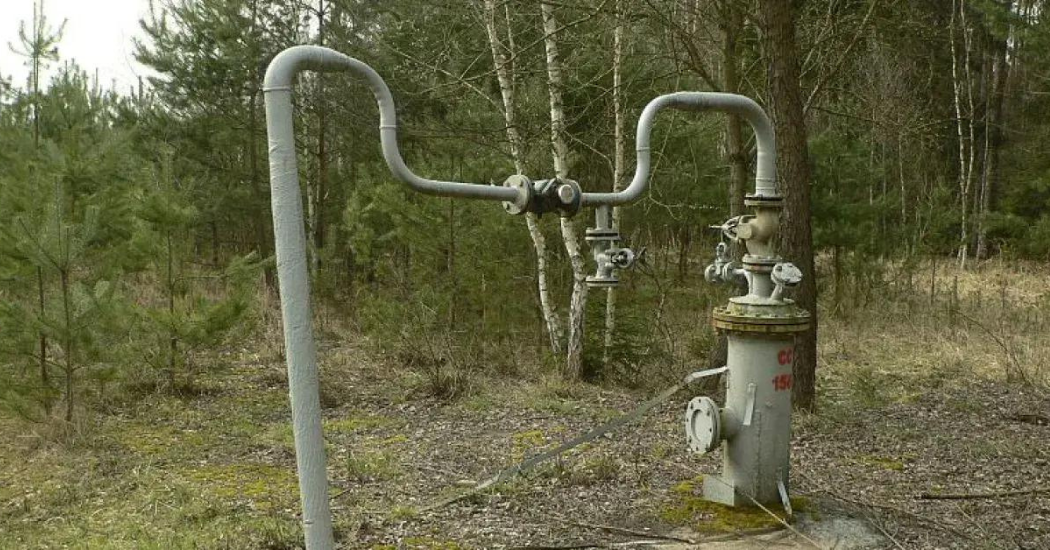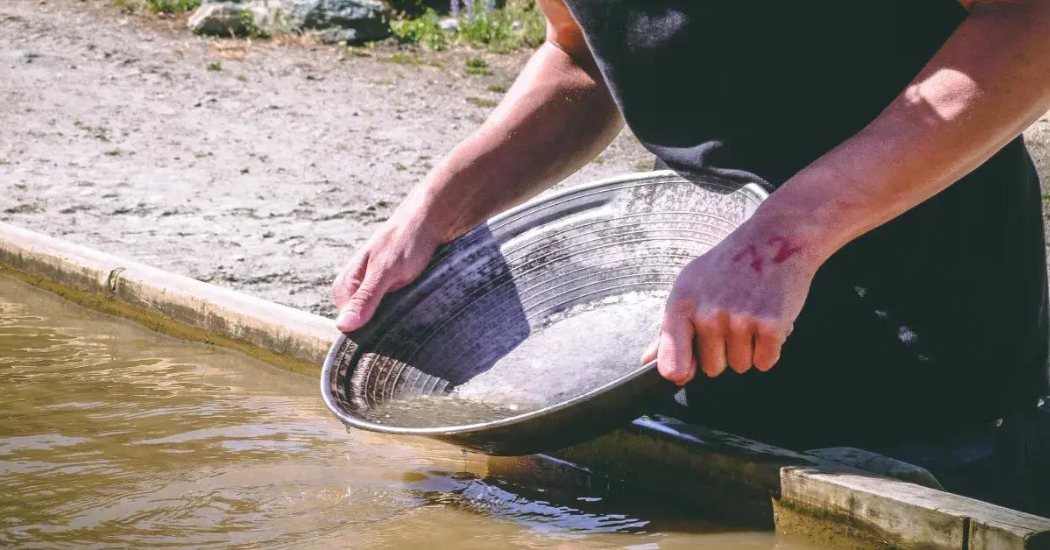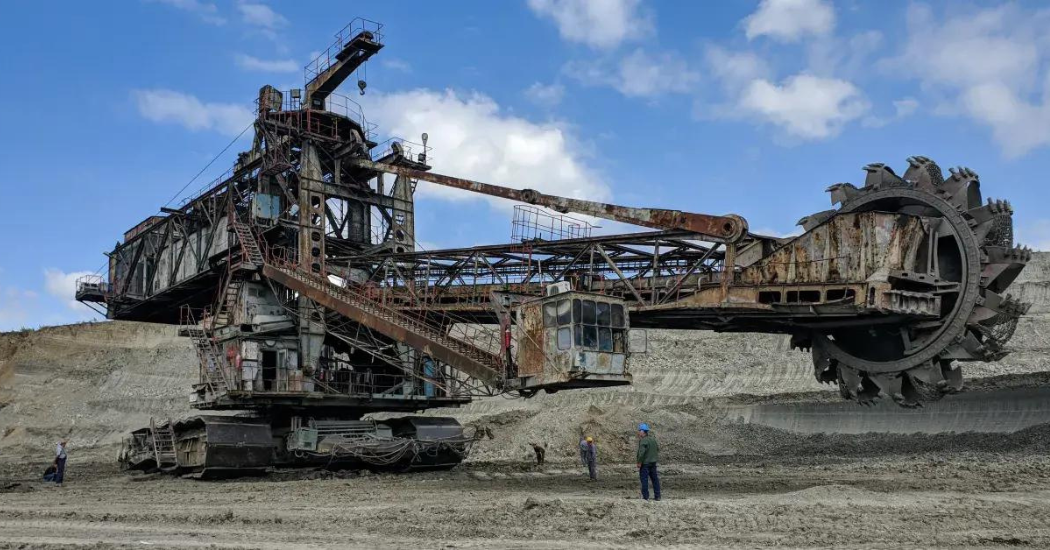An introduction to mining
Most of us are familiar with the basics of mining—the process of extracting valuable or precious geological materials from the Earth or even from an astronomical object. But how many of us can say we truly comprehend just how much of an impact the industry as a whole has on society and the world around us?
Far from finding a plot of land and spontaneously digging, a detailed and thorough journey must be undertaken to effectively begin, execute, and conclude a mining project. From start to finish a typical lifecycle might look as follows:
1. Exploration
Used to determine the viability of a site, this phase can also be referred to as prospecting. Experts will assess potential mining opportunities by mapping out the landscape, as well as taking samples from the soil to test for resources. The value of the mine is projected at this stage, depending on the size of the mineral deposit. A project can be abandoned at this point if the value is found to be lacking.
2. Planning
If a project is given the go-ahead, it will enter the planning stage. Tests will be conducted to ensure that a potential mining operation is safe, socially responsible, environmentally sound, and economically practical. A decision will be made at this stage as to whether the rewards ethically outweigh the costs.
3. Development
If they do, a project enters the development stage. Also known as the construction stage, it’s at this point that the true mining begins. In order for this to happen, permits, mining rights, legislative approval, further research, access roads, and a power source must all be obtained.
4. Production
Miners actively collect minerals from mines and send them off to a processing plant. The plant will separate the waste from the precious resources. Throughout the year, the Mine Safety and Health Administration (MSHA) will visit a site to guarantee that the production phase remains safe and sustainable for workers.
5. Closure
Also referred to as reclamation, this is the final stage in any project. Hazardous materials are removed ethically, and the surrounding area is stabilised to prevent any erosion. New vegetation is often added, while it’s becoming increasingly common to see a water treatment facility built to accommodate the growth of this new green area.
Along each step of the process, the need to think sustainably and ethically is paramount. This is true on a mine-by-mine basis, as well as to the continued success of the modern mining sector as a whole. It’s perhaps little surprise then that green mining initiatives are becoming commonplace on most builds.
Incentives to encourage ethical and sustainable mining projects have seen green grants triple between 2017 and 2022. Figures show that $150 billion in sustainable financial incentives was offered to mining companies in 2017, while that number sat at $450 billion in 2022.
This adaptation to modern societal codes of conduct has helped to keep the industry in good health – despite continued pressure from outside forces. Between 2022 and 2023 alone, the mining industry as a whole grew $2022.6 billion to $2145.5 billion. Predictions show that the number could rise to as high as $2775.5 billion by 2027.
In the UK, mining is still at the forefront of most metal production, with as much as 40 million tons of metal imported every year from global supply chains. Chief amongst the destinations where these reserves are being drawn from are:
China (of all imported metals): 12% The EU: 10% South Africa: 6%
Elsewhere, figures from the US speak volumes about the pivotal role which mining still plays in the First World. It’s estimated that the average American uses 40,000 tons of newly mined materials every year, with the country generating $119 billion in revenue through the sector on an annual basis.
If the numbers tell us nothing else, it’s that mining still plays a crucial part in the progression and development of the world around us. This reliance on the industry makes it more important than ever to do what we can to operate using sustainable practices.
The different types of mining and their impact on the environment
When we think of mining, our natural inclination would be to picture long, dark underground tunnels, lit up by a few specks of candle or lamplight. And while this is certainly not inaccurate historically, modern mining techniques and methods stretch far beyond these more rudimentary approaches.
In the 21st century, mining can be broken down into four distinct categories: surface, underground, in-situ, and placer.
Surface
Also referred to as open-pit mines, this kind of mining is closest to what our ancient ancestors would have practised – albeit with significantly more advanced technology. The process sees only the surface layer (the overburden) of a landscape needing to be removed, in order to extract minerals. The overburden usually consists of soil, rocks, and plant life. Deep mine shafts are not required with this form of mineral extraction.
Environmental impact
Despite being less obtrusive in one sense, surface mining operations require a lot more space. This has the knock-on effect of damaging potentially fragile ecosystems, as well as contaminating groundwater.
Underground
 What we would traditionally associate with modern mining, underground mines are just that – shafts that stretch deep under the soil in order to draw on minerals buried in the Earth. Tunnels are dug either horizontally or vertically depending on the lay of the land.
What we would traditionally associate with modern mining, underground mines are just that – shafts that stretch deep under the soil in order to draw on minerals buried in the Earth. Tunnels are dug either horizontally or vertically depending on the lay of the land.
Environmental impact
Despite their more destructive nature, underground mines have a smaller environmental footprint than surface mines, as they tend to disturb the local ecosystem less. That said, groundwater contamination can still be a risk if a thorough geological assessment is not carried out prior to the development stage. They are also more dangerous for miners, with cave-ins and collapses far more likely than in a surface mine.
 In-situ
In-situ
This modern mining approach sees chemicals pumped into the ground, with the intent of dissolving the soil, then sucking up all the minerals which a company wants to extract. This is a common practice used when mining for uranium, but not gold – where the precious metal is likely to be damaged by the chemicals.
Environmental impact
Naturally, the process of using chemicals can have a big impact on surrounding geology and groundwater supplies if not properly protected against. Tests are usually carried out before any project to determine if the soil is permeable enough to prevent the chemicals from heavily impacting the local ecosystem.
 Placer
Placer
This type of mining uses a rinsing and sifting method (similar to gold panning) to extract resources from the soil. Gold, precious gemstones, tin, titanium, and platinum are the most commonly sourced materials to use this method.
Environmental impact
Placer mining has the potential to contaminate water supplies, as well as have a harmful impact on local wildlife. In areas where historic prospecting has been conducted, the practice can also disturb mercury deposits, which in turn could be poisonous to the local ecosystem.
The positive and negative impacts of mining
As we’ve alluded to, mining provides a host of positives to local communities. But it would be naive to overlook the less beneficial aspects which some miners and mining communities have to face. What’s more, the debate about the damage which the practice has on the environment is also hard to overlook.
Here’s an easy way to understand both the good and not-so-good impact mining has on the world around us:
Positive impact of mining
- Mines help national and local governments generate large revenue through tax
- Mining requires a large labor force, which creates jobs for thousands of local residents
- Mining companies can provide benefits such as infrastructure, basic services, and communications networks to local communities
- Associated businesses such as waste recycling and transport companies are provided with opportunities
- Mining often happens in remote areas, which means it provides opportunities to communities which may have previously had very few
- Poverty rates are reduced in areas where mining operations are started
- Mining can provide raw materials to help continue the development of green technologies
Negative impact of mining
- Developing countries sometimes see illicit financial flows corrupt the revenue stream generated from a mine
- Underground and surface water systems can become polluted as a result of a mining project
- Communities can become displaced after the closure of a mine, when working opportunities begin to dry up
- Abandoned mines often pose a threat to both humans and local wildlife
- The fluctuating price of raw minerals can cause an insecure job environment for contracted workers
- Host communities struggle with many social and related health challenges as a result of this instability
- Mines can pollute air quality, resulting in a community becoming displaced
Originally Published on Atkinsons Bullion
Check out 5 Ways to Make Mining More Sustainable




